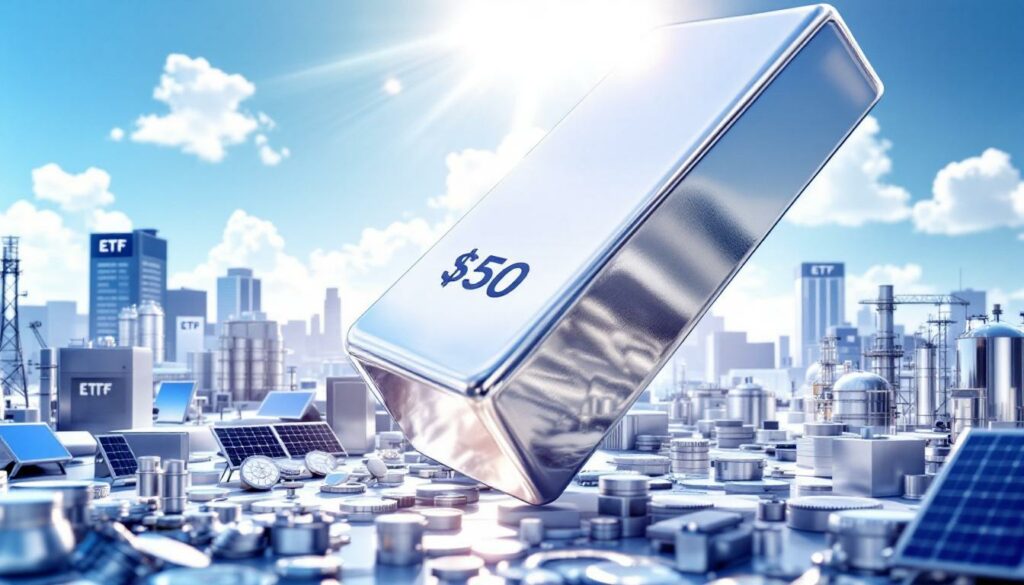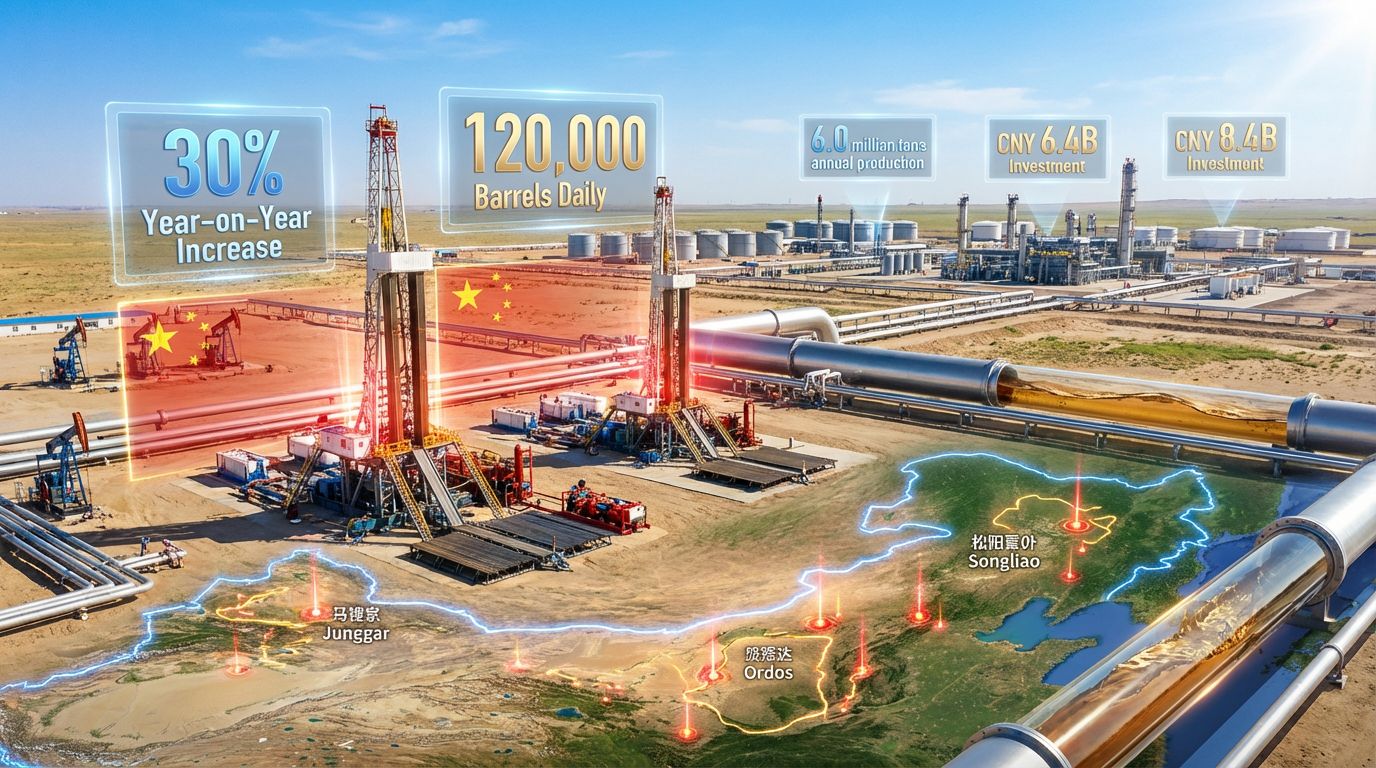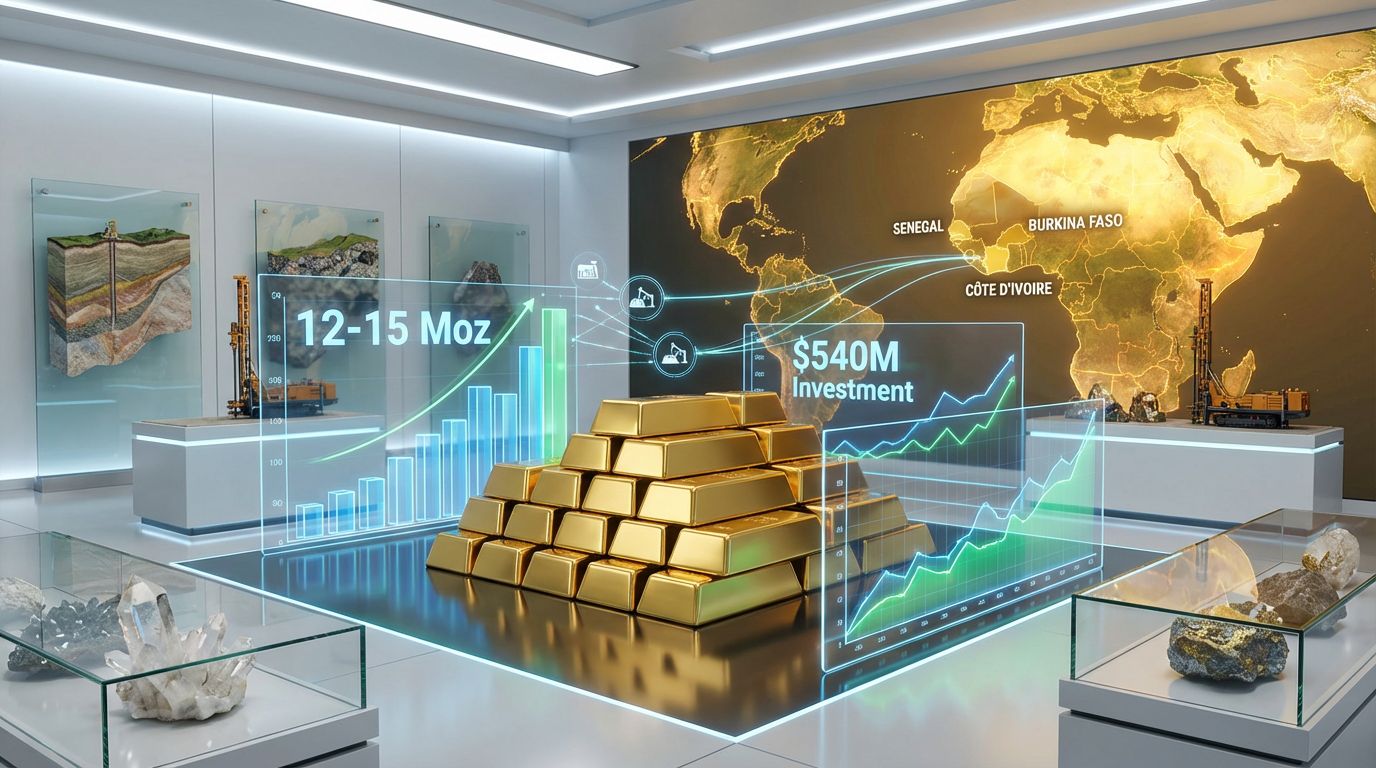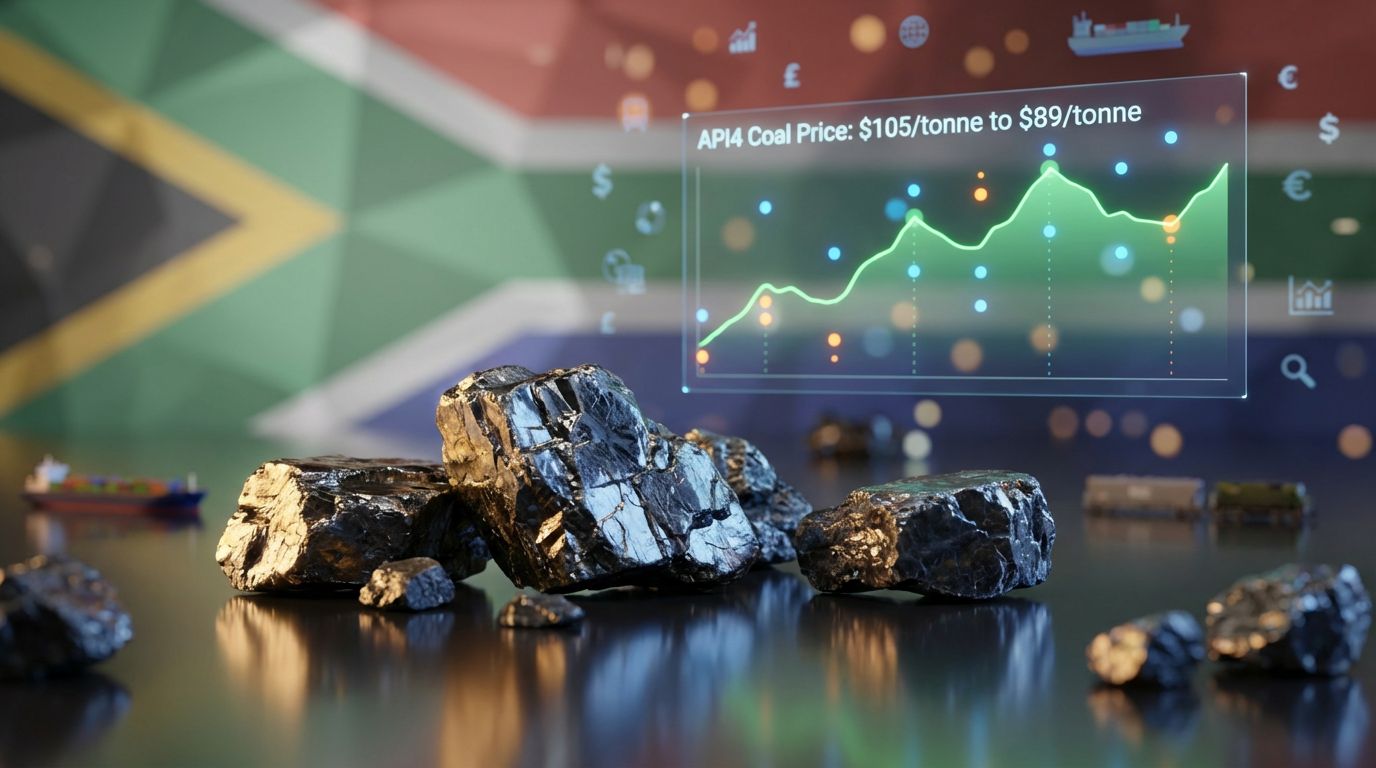What's Driving the Current Silver Price Rally?
The silver market is experiencing a fascinating bifurcation that savvy investors are beginning to recognize. While retail silver products remain widely available, the commercial market—which actually drives price action—has become exceptionally tight. This commercial segment revolves around 1,000-ounce bars traded through derivatives contracts, including standard 5,000-ounce and mini 1,000-ounce futures contracts where price discovery primarily occurs.
"The retail market is flush with silver, but the commercial market is very, very tight," notes silver expert David Morgan. "It's the commercial market that drives the price because pricing is ultimately determined by derivatives contracts for 5,000 ounces of 999 fine silver."
The Bifurcated Silver Market
One key indicator of tightening supply in the commercial segment is the reported difficulty in locating shares to short the SLV (iShares Silver Trust ETF). This suggests that institutional investors and larger market participants are accumulating significant positions and have become increasingly reluctant to lend their holdings, creating substantial upward pressure on prices.
Investment banks and major trading desks are finding it challenging to locate silver inventory for immediate delivery, forcing them to pay premiums for prompt delivery—a classic sign of silver market stress despite apparent retail availability.
Institutional Interest Intensifying
The commercial bar market comprises approximately 600 million ounces globally—a relatively small pool compared to other commodities. With institutional investors increasingly recognizing silver's potential as both an industrial metal and monetary asset, allocation shifts are having outsized impacts on availability and price.
Signs of institutional accumulation include:
- Difficulty in shorting SLV shares (indicating few willing lenders)
- Growing open interest in COMEX futures contracts
- Rising premiums for immediate physical delivery
- Strategic accumulation by sovereign entities (with Russia reportedly adding silver to strategic reserves)
Healthy Market Structure
Perhaps most encouraging for sustainable price appreciation is the current price action demonstrating a constructive "stairstep" pattern rather than a parabolic move. This pattern—where prices establish a base, move higher, consolidate at new levels, and then advance again—typically indicates a sustainable uptrend with strong underlying demand.
"I really like the way the market is moving," Morgan observes. "It's advancing in a stairstep manner, which is usually very powerful. It established a base at $34, jumped to $36, based at $36, moved to $38, and is now working on $40."
This measured advancement creates more durable bull markets compared to explosive moves that often collapse quickly. When prices rise gradually with periodic consolidation, the market builds stronger support levels that become resilient during corrections.
How Tight Is the Physical Silver Market Really?
Understanding the true supply dynamics in silver requires looking beyond headline numbers. While total above-ground silver supply is estimated at approximately 3.6 billion ounces (according to the Silver Institute), this figure requires careful analysis to understand actual market availability.
Breaking Down Above-Ground Silver Supply
The total silver supply can be broken down into distinct categories with varying market characteristics:
| Silver Category | Estimated Amount | Market Characteristic |
|---|---|---|
| Government-issued coins | 1.15 billion oz | Strong retail hands |
| Silver rounds/medallions | 850 million oz | Strong retail hands |
| Retail silver bars | 300 million oz | Strong retail hands |
| ETF holdings | 600-700 million oz | Institutional control |
| Commercial bar float | ~600 million oz | Available for industrial/investment |
This breakdown reveals a critical insight: while 3.6 billion ounces sounds substantial, only about 600 million ounces exists in the commercial float that determines price discovery. The rest is effectively removed from immediate market availability, held in strong hands unlikely to sell at current price levels.
"This market is a hell of a lot tighter than most people think," notes silver market expert David Morgan. "When you realize only 600 million ounces are truly available in the commercial float, you understand why even modest buying pressure can move prices significantly."
Commercial Market Constraints
The commercial bar market—where 1,000-ounce bars trade among refiners, industrial users, and institutional investors—operates with a much smaller available supply than commonly perceived. With industrial demand consistently absorbing significant portions of annual production, the market becomes increasingly vulnerable to investment demand surges.
Several factors contribute to this tightness:
- Inelastic industrial demand: Essential uses in electronics, medical applications, and renewable energy create baseline consumption that continues regardless of price
- Growing solar demand: Each gigawatt of solar installation requires approximately 20-25 tons of silver
- Limited new mine development: Declining ore grades and limited exploration success constrain supply growth
- By-product dynamics: Roughly 70% of silver production comes as a by-product of other metal mining, meaning silver output doesn't necessarily increase with higher silver prices
Strategic Accumulation
Beyond natural supply constraints, strategic buyers are actively removing silver from the available pool:
- Sovereign stockpiling: Russia has reportedly been adding silver to strategic reserves
- Long-term investors: Sophisticated players recognizing supply limitations are establishing positions
- ETF accumulation: Fund inflows effectively remove metal from commercial availability
- Industrial stockpiling: Forward-thinking manufacturers securing supply chains against future shortages
This combination of structural tightness and deliberate accumulation creates the conditions for continued price appreciation as demand outpaces immediately available supply.
What Happens When Silver Approaches $50 Per Ounce?
The $50 level holds significant psychological importance in the silver market, representing the peak reached in both 1980 (intraday high) and 2011 (which reached approximately $48). Understanding the market dynamics around this crucial threshold provides insight into potential future price action.
Historical Resistance and Market Memory
Markets exhibit "memory" where previous significant price levels create psychological barriers. The $50 mark for silver represents forty years of resistance, with two failed attempts to sustain prices above this threshold. This creates natural selling pressure as traders anticipate resistance and long-term holders consider liquidation.
"Market memory tends to create selling pressure at historical resistance points," explains silver expert David Morgan. "Many investors who purchased silver at higher levels in previous cycles will see $50 as an opportunity to exit at breakeven."
Additionally, round numbers like $50 naturally attract attention and order flow, creating technical congestion that requires substantial buying pressure to overcome.
The Three-Attempt Pattern
Technical analysis suggests that major resistance levels typically require multiple attempts before definitively breaking. Silver's approaching test of $50 would represent the third major attempt in modern history (after 1980 and 2011), potentially signaling a higher probability of success.
Historical patterns suggest silver may:
- Approach or slightly exceed $50
- Experience a significant pullback (potentially 15-20%)
- Build a new base at higher levels
- Make another more successful attempt at breaking through
The current stairstep pattern of establishing progressively higher bases suggests any retracement may find support at higher levels than previous cycles, potentially in the $38-42 range rather than returning to the $20s.
Potential Post-Breakout Scenario
Once silver conclusively breaks above $50, several factors could accelerate price movement:
- Algorithmic recognition: Trading systems programmed to identify breakouts will trigger significant buying as they recognize the multi-decade resistance breach
- Media attention: Mainstream financial coverage increases dramatically at psychological thresholds, attracting new investors
- Profitable positioning: With most market participants holding positions established at lower levels, there's less incentive to sell immediately after breakout
- Limited historical reference points: With no trading history above $50, price discovery becomes less anchored, potentially allowing for more volatile price action
"When silver breaks definitively above $50, the algorithms will recognize it's in uncharted territory," notes Morgan. "With no resistance overhead and traders in profitable positions, even modest additional buying could have magnified price effects."
Regulatory Response
As in previous bull markets, authorities may respond to rapidly rising prices by increasing margin requirements to dampen speculation. During the 2011 rally, margins were reportedly raised six times before price momentum was effectively contained.
Investors should anticipate potential regulatory interventions, which might include:
- Sequential margin requirement increases
- Position limit changes
- Trading curbs or circuit breakers
- Increased scrutiny of market participants
These measures typically create temporary setbacks rather than ending bull markets, but can generate significant volatility during implementation.
How Do Different Market Segments Respond to Rising Silver Prices?
The silver market encompasses diverse participants with varying sensitivities to price changes. Understanding these different responses provides insight into market dynamics during rising price environments.
Industrial Users
Most industrial applications use relatively small amounts of silver per unit, making demand relatively price-inelastic. Even at significantly higher prices, manufacturers typically continue purchasing as silver remains essential to their production processes.
| Product Category | Silver Price Sensitivity | Reasoning |
|---|---|---|
| Electronics | Low | Essential for conductivity, minimal amount per device |
| Solar panels | Moderate | Higher volume usage, but critical for efficiency |
| Medical applications | Very low | Critical functionality, regulated products |
| Automotive | Low | Small amount per vehicle, essential for reliability |
"Manufacturers may complain about higher silver prices," explains silver market expert David Morgan, "but they rarely reformulate products to use less silver because it's such a small component of their overall costs. A TV manufacturer can't remove silver from their product even if prices triple."
This inelasticity creates a stable demand base that continues regardless of price fluctuations, providing a floor for the market. Some industries may accelerate purchases during price rallies to secure inventory at more favorable prices, temporarily increasing demand.
Investment Demand
Unlike industrial demand, investment interest typically accelerates as prices rise, creating a self-reinforcing cycle:
- Retail investors often enter the market after significant price advances, driven by media coverage and fear of missing out (FOMO)
- Institutional investors may increase allocations as performance improves, particularly as inflation concerns grow
- Family offices and pension funds typically focus on larger, more liquid investments like major mining companies and ETFs
- Speculative traders increase participation as volatility and trends become more pronounced
This investment demand surge often becomes the primary driver of price during bull markets, overwhelming the more stable industrial consumption patterns. The relatively small size of the silver market (compared to gold or major equity markets) means even modest allocation shifts can create significant price impacts.
Mining Equities Response
Mining stocks generally exhibit leveraged performance relative to the underlying metal price, with different segments of the mining sector responding distinctively:
- Major producers benefit from expanded profit margins as production costs remain relatively stable while selling prices increase
- Mid-tier producers often become acquisition targets as larger companies seek to expand reserves during bull markets
- Junior producers with existing operations see dramatic margin improvements, often leading to valuation multiples expansion
- Exploration companies, even those with minimal assets, can experience speculative buying based on perceived discovery potential
"Mining equities typically provide leverage to metal prices," notes Morgan. "A producer with all-in costs of $15 per ounce sees profits triple when silver moves from $20 to $30, despite only a 50% increase in the metal price."
This profit leverage makes mining stocks attractive vehicles for investors seeking amplified exposure to silver price movements, though they come with additional operational, geological, and management risks not present in direct metal ownership.
What's the Outlook for Silver Prices in 2025-2026?
Projecting future silver prices requires analyzing technical patterns, supply-demand fundamentals, and broader macroeconomic factors. While precise predictions are impossible, examining historical patterns and current market structures provides valuable context.
Near-Term Price Targets
With silver recently breaking through the $35 and $37 levels, the $40 threshold appears to be the next significant target. The market's stairstep advancement pattern suggests continued upward momentum with periodic consolidation phases.
"Silver is establishing higher bases during each consolidation period," observes silver expert David Morgan. "After breaking $35, it consolidated above that level before advancing to $37. We'll likely see similar behavior around $40, creating a sustainable uptrend rather than a parabolic move that quickly collapses."
This methodical price advancement creates stronger technical foundations for further gains, reducing the likelihood of dramatic reversals. Each new support level establishes a higher floor for future price action.
The Path to $50 and Beyond
The approach to $50 will likely involve:
- Establishing trading ranges in the $40s
- Testing resistance at psychological levels ($42, $45, $48)
- Building bases of support at each new level
- Potentially reaching $50 within the next 6-12 months
The $50 threshold represents significant psychological resistance, having marked the peaks in both 1980 and 2011. Markets typically require multiple attempts to break through major resistance levels, suggesting silver may approach $50, retreat, and then make another attempt before definitively breaking higher.
"Breaking through $50 will likely require several approaches," notes Morgan. "But when it does break, there's no historical resistance above that level, potentially allowing for accelerated price discovery."
Potential Repricing Scenario
Historical precedent suggests silver could experience a significant repricing, potentially tripling from pre-bull market levels. This would imply potential peaks well above $100, though such moves would likely be followed by a retracement to establish a new, higher trading range.
Silver's last major bull market in 2011 saw prices advance from approximately $18 to $48, a 167% increase. A similar percentage move from recent base levels around $20-22 would suggest potential targets in the $54-59 range. However, the tighter supply conditions and broader inflationary environment could support even larger percentage gains.
Morgan suggests: "Silver has the potential to reach triple-digit prices during this cycle before establishing a new equilibrium at significantly higher levels than today."
Sustainable Price Levels
After a potential spike high, silver might establish a new equilibrium trading range significantly above current levels. This new range would represent a fundamental repricing of the metal based on:
- Recognition of actual supply constraints
- Increased industrial demand, particularly from green energy applications
- Higher mining costs due to declining ore grades and regulatory requirements
- Monetary demand in response to ongoing currency debasement
While short-term price spikes often revert, the fundamental factors supporting higher silver prices suggest a sustainable shift to higher trading ranges over the medium to long term.
How Should Investors Approach the Silver Market?
Investing successfully in silver requires understanding its unique market characteristics and selecting appropriate vehicles based on individual goals, risk tolerance, and time horizons.
Understanding Market Segments
Investors should recognize the distinction between:
- Commercial silver market (1,000-ounce bars) – the primary price driver, trading near spot price
- Retail silver market (coins, rounds, smaller bars) – subject to varying premiums above spot
"The commercial and retail markets operate differently," explains silver expert David Morgan. "The commercial market determines the spot price, but retail investors typically interact with dealers charging premiums above spot."
This distinction becomes particularly important during periods of high demand when retail premiums can expand dramatically, creating effective price dislocations between the paper and physical markets.
Premium Considerations
Retail silver products often carry premiums above spot price, which can fluctuate significantly based on market conditions:
- During periods of high demand, premiums can expand dramatically (sometimes exceeding 50% for certain products)
- When selling back to dealers, investors may face discounts to spot price (typically 2-5%)
- The buy/sell spread can significantly impact investment returns
Morgan provides a practical example: "If you buy silver at $28 with a $5 premium, you've paid $33. If you later sell when silver is $39 but the dealer pays $2 under spot, you've received $37. Your silver appreciated $11 ($39-$28), but your actual gain was only $4 ($37-$33) due to the premium/discount spread."
This premium dynamic means physical silver is typically better suited for long-term holdings rather than short-term trading, allowing time for spot price appreciation to overcome the premium hurdle.
Investment Vehicle Selection
Different vehicles offer varying advantages depending on investment goals:
| Investment Type | Advantages | Considerations |
|---|---|---|
| Physical silver | Direct ownership, no counterparty risk | Storage costs, potential premium/discount issues |
| Mining stocks | Operational leverage, dividend potential | Company-specific risks, broader market correlation |
| ETFs | Liquidity, ease of trading | Management fees, potential tracking issues |
| Futures/options | Maximum leverage | Time decay, margin requirements |
"Each investment vehicle serves different purposes," notes Morgan. "Physical silver provides security and direct ownership, ETFs offer convenience, mining stocks provide leverage, and futures allow sophisticated traders maximum exposure."
Diversifying across multiple vehicles often provides the best balance of security, convenience, and upside potential.
Mining Stock Considerations
When evaluating silver mining investments:
- Major producers offer stability but limited upside (examples: Pan American Silver, First Majestic)
- Mid-tier producers balance growth potential with operational stability
- Junior producers with existing operations provide significant leverage to rising prices
- Exploration companies offer speculative potential but higher risk
"Investors should match their risk tolerance to the appropriate segment of the mining sector," advises Morgan. "Major producers provide stability and often dividends, while exploration companies offer lottery-ticket potential but with corresponding risk."
Key factors to evaluate include:
- Production costs relative to current silver prices
- Reserve quality and mine life
- Jurisdiction risk and environmental compliance
- Management track record and insider ownership
- Balance sheet strength and debt levels
A balanced approach might include allocations to both physical silver and select mining equities, providing both direct exposure to the metal and operational leverage through well-positioned companies.
What Makes This Silver Bull Market Different?
Several structural
Looking to Profit from the Next Major Silver Move?
Discover high-potential ASX stocks that could benefit from the silver price rally with Discovery Alert's proprietary Discovery IQ model, which instantly identifies significant mineral discoveries across 30+ commodities. Visit the dedicated discoveries page to understand how major mineral finds have historically generated substantial market returns.




